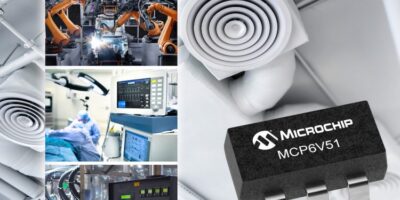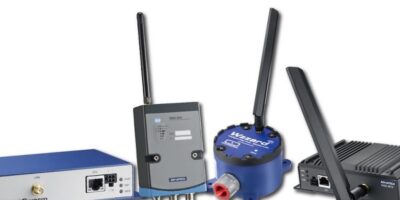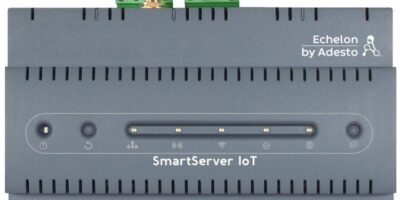Renesas Electronics introduces its Failure Detection e-AI Solution for motor-equipped home appliances, featuring the Renesas RX66T 32-bit microcontroller. It simplifies home appliance maintenance and makes it easy to add abnormality-detection AI to the microcontroller for failure detection and predictive maintenance.
Embedded AI (e-AI) enables failure detection of home appliances, such as refrigerators, air conditioners, and washing machines, due to motor abnormality. Property data showing the motor’s current or rotation rate status can be used directly for abnormality detection, making it possible to implement both motor control and e-AI–based abnormality detection with a single microcontroller, says Renesas. Using the RX66T eliminates the need for additional sensors, and reduces the bill of materials cost.
When a home appliance malfunctions, the motor operation typically appears abnormal when running and being monitored for fault detection in real-time. Implementing e-AI-based motor control-based detection means that failure detection results can be applied not only to trigger alarms when a fault occurs, but also for preventive maintenance. e-AI can estimate when repairs and maintenance should be performed, and it can identify the fault locations to boost maintenance efficiency and improve product safety by adding functionality that predicts faults before they occur.
The Renesas Failure Detection e-AI Solution for motor-equipped home appliances can control up to four motors by virtue of using the RX66T. Today’s washing machines typically incorporate three motors, one to rotate the washing tub, one to drive the water circulation pump, and one to drive the drying fan. The Renesas Failure Detection e-AI Solution can be used to control these three motors with a single RX66T chip while at the same time monitoring all three motors for faults.
The e-AI solution uses the Renesas Motor Control Evaluation System and an RX66T CPU card. This hardware is combined with a set of sample program files that run on the RX66T as well as a GUI tool that enables collecting and analysing property data indicating motor states. To detect faults, it is necessary to learn the characteristics of the normal state. System engineers can use the GUI tool to begin developing AI learning and optimised fault detection functionality. Once the AI models are developed, the e-AI Translator, e-AI Checker, and e-AI Importer which make up the e-AI solution, can be used to import the learned AI models into the RX66T.







